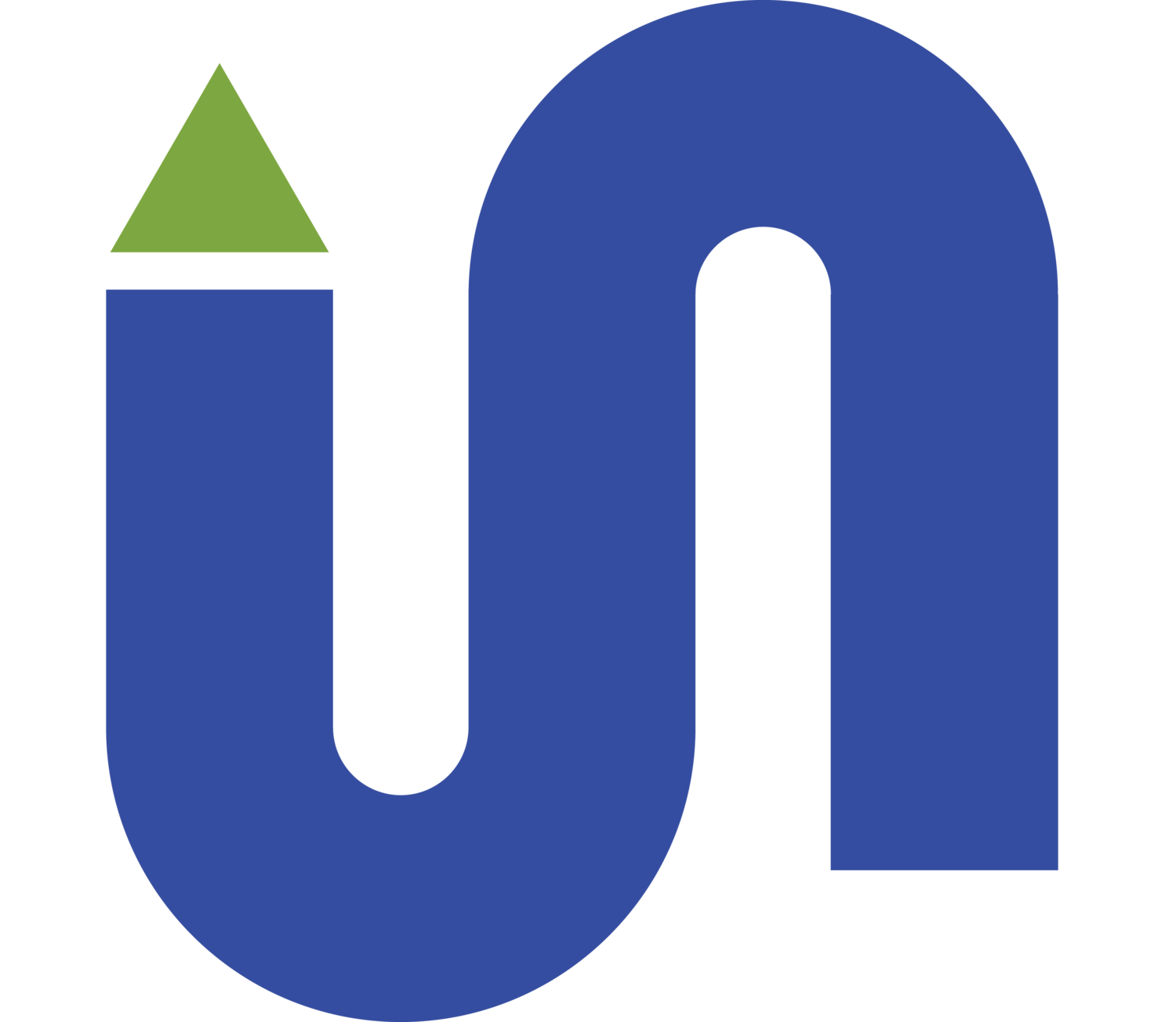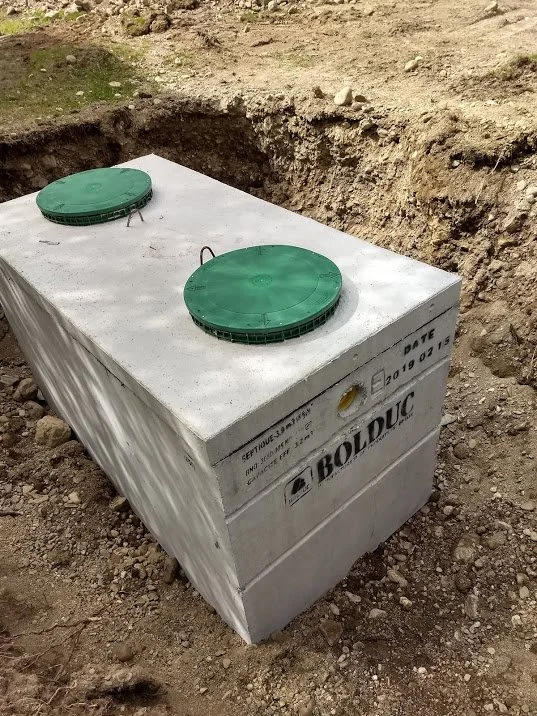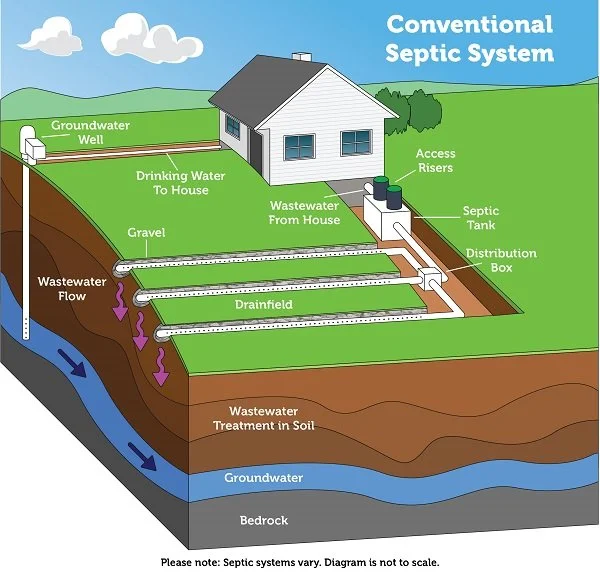INW Site Services
Septic Division
Inland North Waste provides both regularly scheduled and emergency Septic Tank Pumping, Inspections, Baffle Replacement and Riser Installation, Grease Trap Cleaning, and Vault Restroom Pumping.
Septic Pumping
INW’s expert technicians recommend pumping your septic system every 3 to 5 years depending on the size of the tank and the number of folks using the facilities.
When you call us for service, be prepared to answer the following questions:
Question One: Where is the tank located? If you are unsure, we can find it for you.
Question Two: Would you like us to dig it up for you? Does the tank have risers?
Question Three: How big is your tank? Most residential tanks are 1000 gallons, but many are larger.
Question Four: Is this regular maintenance, emergency service, or inspection call?
Following service, we can set you up on a yearly inspection and professional treatment schedule to ensure the short- and long-term health of your septic system.
Scroll Down for more information on Septic Systems in general, best practices for caring for your Septic System, and how we process Septic Waste.
Additional Septic Services
-
Whether in advance of a Real Estate transaction or for simple peace of mind, INW will thoroughly inspect the tank, baffles, risers (if applicable), and make sure everything is in proper working order. We will then provide a written report on the condition of the tank, including a map of the tank’s location and any potential causes for concern.
-
Most tanks have a baffle on the inlet and outlet sides of the tanks to prevent the FOG(scum) layer at the top from blocking the flow in and out of the tank. These baffles can deteriorate over time, occasionally falling into the tank itself or otherwise failing. INW technicians will inspect the baffles at the time of pumping and can replace them then and there if needed.
INW strongly recommends fitting your septic tank with Risers, which make it much easier to unearth your tank for maintenance. They save a lot of the back-breaking work involved in servicing your tank, saving you time, money, and potential headaches every time you need to have it serviced or inspected.
-
If your commercial kitchen has a grease trap, you can entrust INW with the cleaning and maintenance of this vital part of your operation. Our experts are equipped to not only empty your trap on a regular or emergency basis, but we can also assist with removing debris from the collection device, making vital repairs to your system, and we will happily take these tasks on for you at a reasonable rate.
-
Vault toilets are a godsend in rural areas that lack running water. INW Site Services holds contracts with many of the major institutions to provide Vault Toilet Pumping, and we are happy to put our expertise to work at your private residence or commercial site. Please contact us for further information or to request a bid.
A typical septic system consists of a septic tank and a drainfield (or soil absorption field). The septic tank digests organic matter and separates floatable matter (e.g., oils and grease) and solids from the wastewater. In conventional, or soil-based systems, the liquid (known as effluent) is discharged from the septic tank into a series of perforated pipes buried in a leach field, chambers, or other special units designed to slowly release the effluent into the soil. This area is known as the drainfield.
Alternative systems use pumps or gravity to help septic tank effluent trickle through sand, organic matter (e.g., peat and sawdust), constructed wetlands, or other media to remove or neutralize pollutants like disease-causing pathogens, nitrogen, phosphorus and other contaminants. Some alternative systems are designed to evaporate wastewater or disinfect it before it is discharged to the soil.
What is a Septic System?
All water runs out of your house from one main drainage pipe into a septic tank.
The septic tank is a buried, water-tight container usually made of concrete, fiberglass, or polyethylene. Its job is to hold the wastewater long enough to allow solids to settle down to the bottom forming sludge, while the oil and grease floats to the top as scum. Compartments and a T-shaped outlet prevent the sludge and scum from leaving the tank and traveling into the drainfield area.
The liquid wastewater (effluent) then exits the tank into the drainfield.
The drainfield is a shallow, covered, excavation made in unsaturated soil. Pretreated wastewater is discharged through piping onto porous surfaces that allow wastewater to filter through the soil. The soil accepts, treats, and disperses wastewater as it percolates through the soil, ultimately discharging to groundwater. If the drainfield is overloaded with too much liquid, it can flood, causing sewage to flow to the ground surface or create backups in toilets and sinks. (THIS IS WHY WE RECOMMEND REGULAR PUMPING/INSPECTION)
Finally, the wastewater percolates into the soil, naturally removing harmful coliform bacteria, viruses and nutrients.
If you would like to learn more about Septic Systems, check out this interactive presentation to Explore the Do's and Don'ts of Septic Systems.
How Does a Septic System Work?

Best Practices
The Department of Environmental Quality provides basic rules and best practices to help prevent septic waste from backing up into your house or contaminating ground and surface water, both of which could lead to costly repairs, long-term consequences, and a generally icky time for all involved.
Do not flush anything but toilet paper and bodily waste down the toilet.
Do not flush Feminine Hygiene Products or ‘Disposable’ Wipes. They do not decompose and can clog or damage the system.
Avoid disposing of toxic chemicals, paints, gasoline, pesticides, and old medicines down the drain. Check out our Household Hazardous Waste Guide for how best to dispose of these.
Avoid pouring fats, grease, or food waste down the drain. Scrape these into the trash or compost before washing dishes.
Plant native, drought-tolerant plants around the system. Trees and shrubs with robust root systems can jeopardize the integrity of the tank and make accessing the system more difficult.
Avoid parking or driving on a system's drain field or septic tank.
Spread out any major water use to avoid overloading the system. (i.e. Taking a shower, doing the dishes, and running the washing machine at the same time could cause undue stress on the system, leading to backup or overflow problems.)
Do not put any special additives or enzymes in the tank. Leave any additional treatment recommendations to a trusted professional (like INW!).
Avoid using bleach or bleach-based products, as bleach kills the bacteria that naturally breaks down solid waste.
When Should I Call a Professional?
If you hear gurgling noises from your drains, slow drainage (especially if noted in multiple drains), or foul odors coming from the drain or around the tank itself, call us immediately.
All of these are indications that your system is not draining properly. If left untreated, these issues could quickly lead to waste water backing up into your home, leading to overflowing drains, flooded basements, and worse. If the odor is limited to the area around the tank, that could indicate an issue with tree roots invading the system or a particularly high water table.
While we are equipped and capable of helping you in an emergency, we would also like to help you avoid any future emergencies by providing regular pumping and inspection services.
Septage Processing Facility
Opened in 2016 by King’s Thrones and purchased by INW in 2023, our septage processing facility conforms to industry standards and local sanitation requirements. Managing our own facility allows us the flexibility to address client emergencies without disrupting our regularly scheduled services. Each batch of waste is separated into liquids and solids. The wastewater is then tested to ensure it conforms to City of Lewiston discharge limits for pollutants, and the remaining biosolids are processed and repurposed for use in fertilizer and compost by our sister company, Clearwater Composting.







